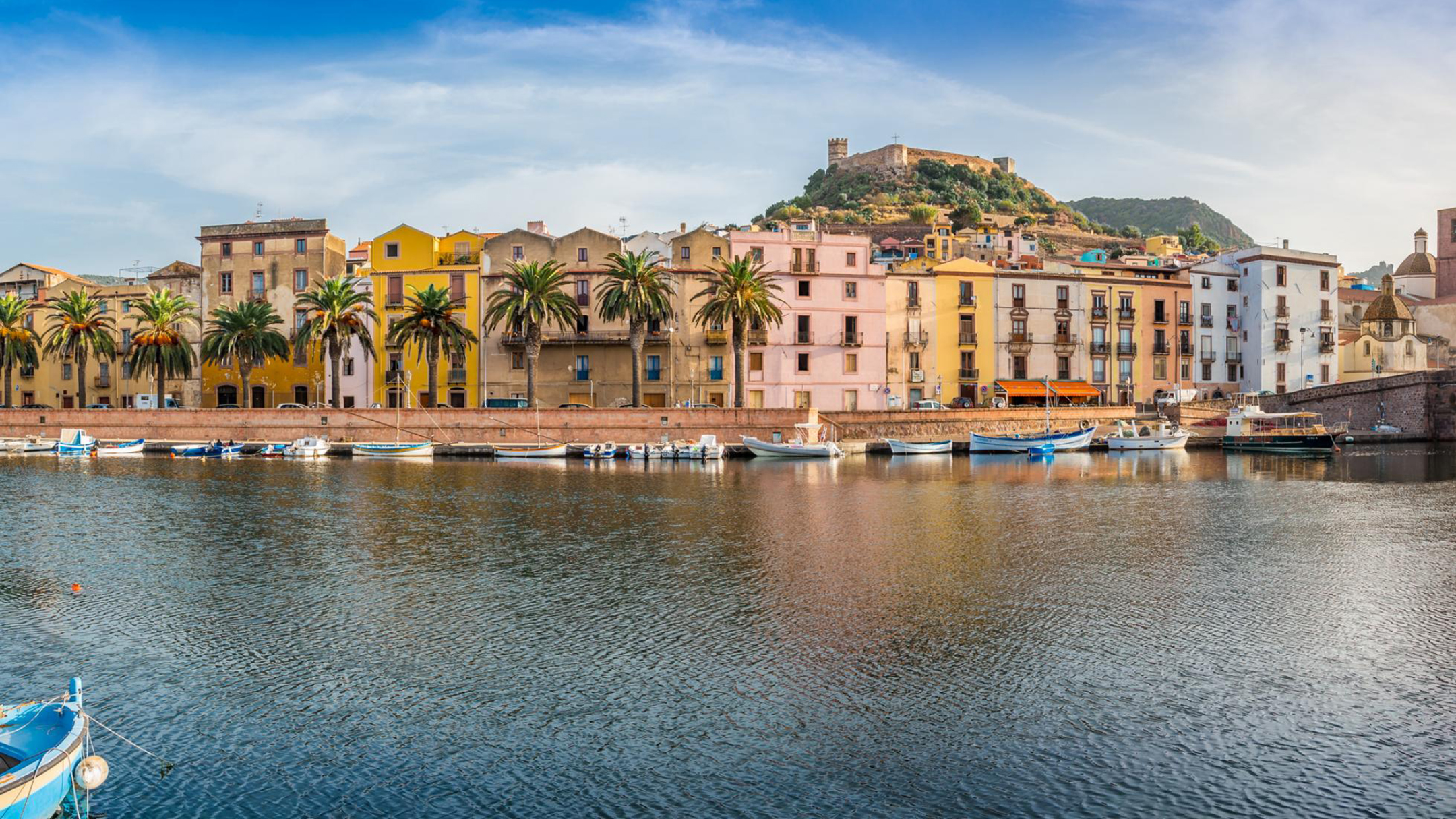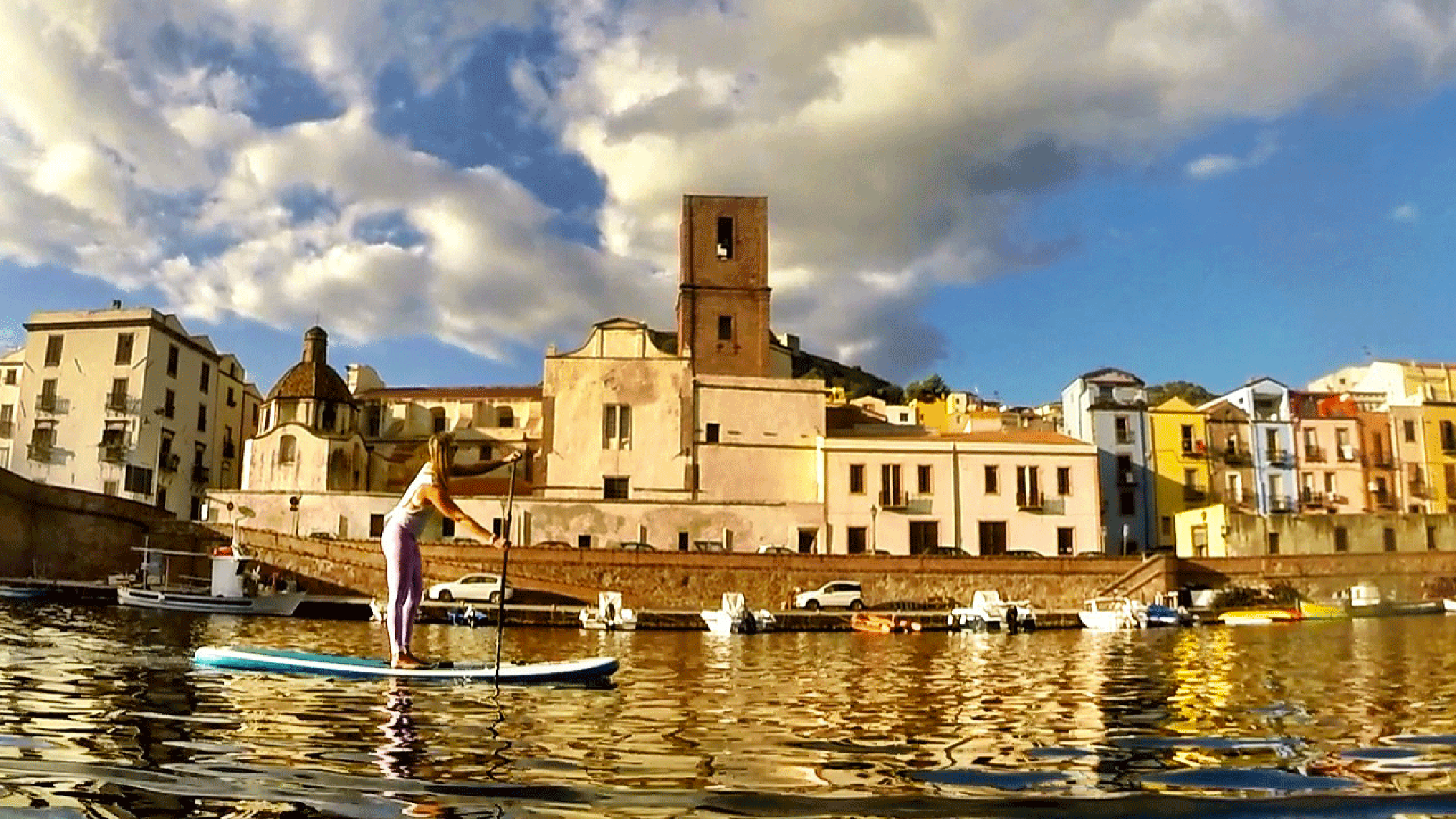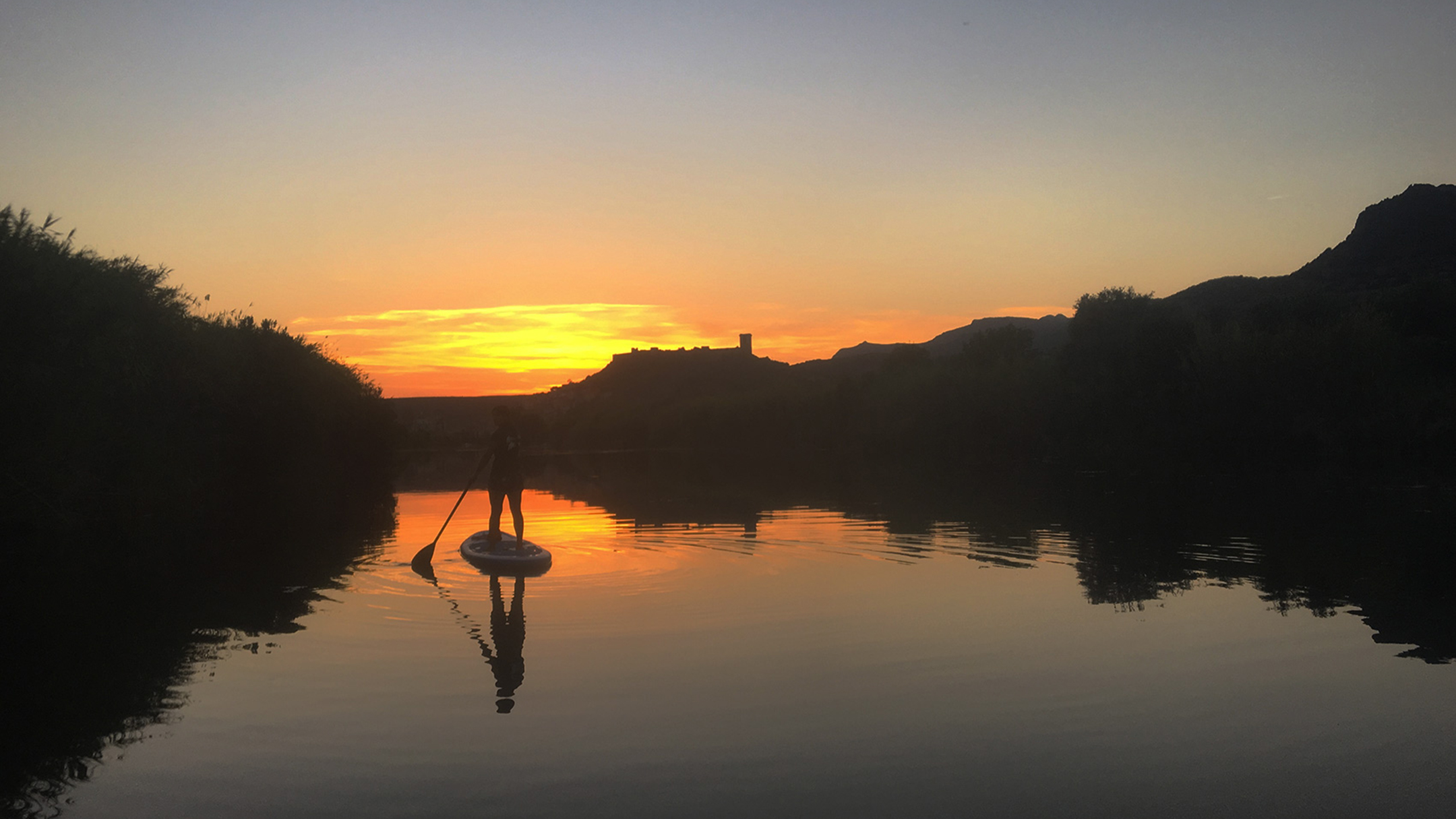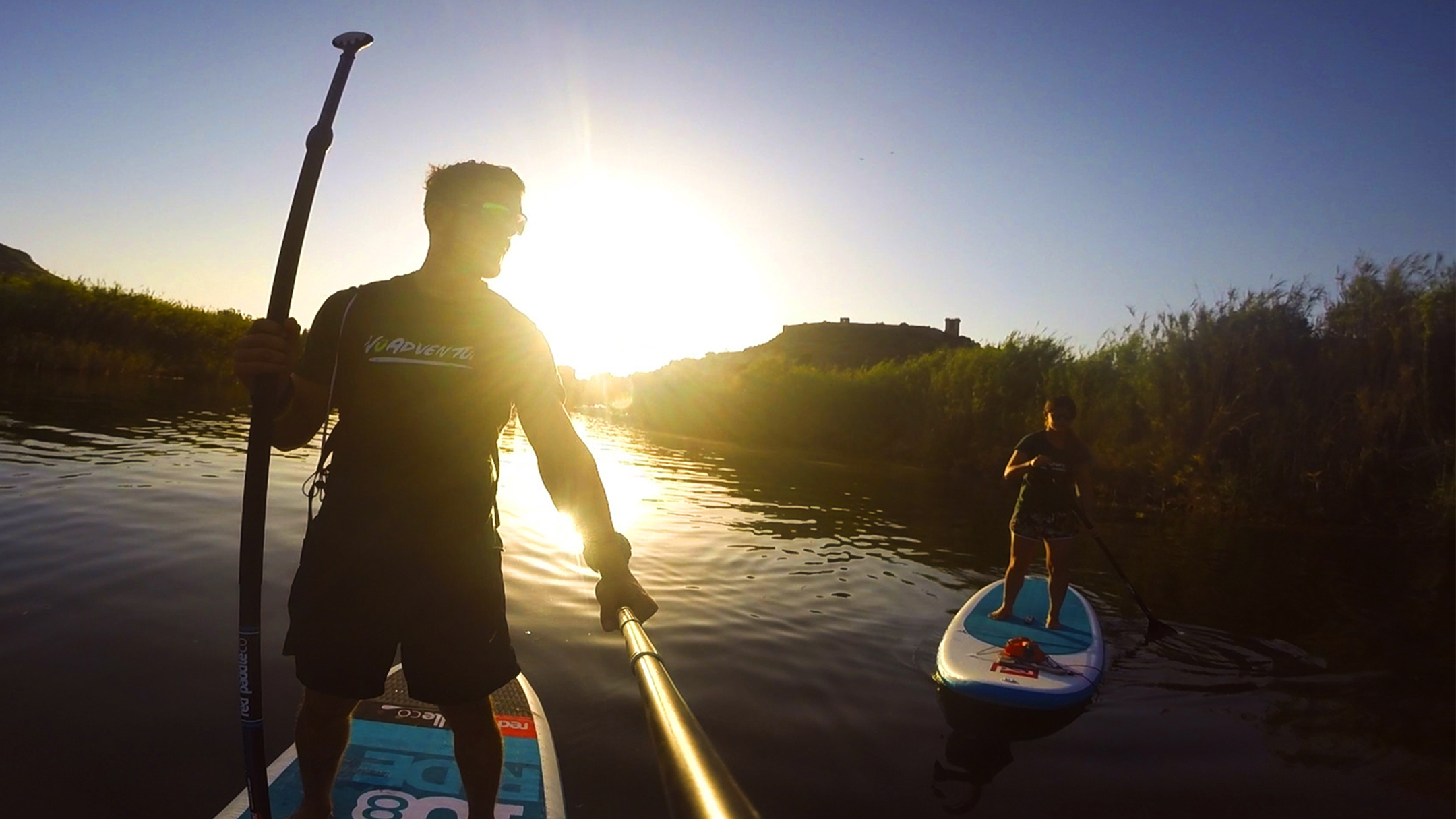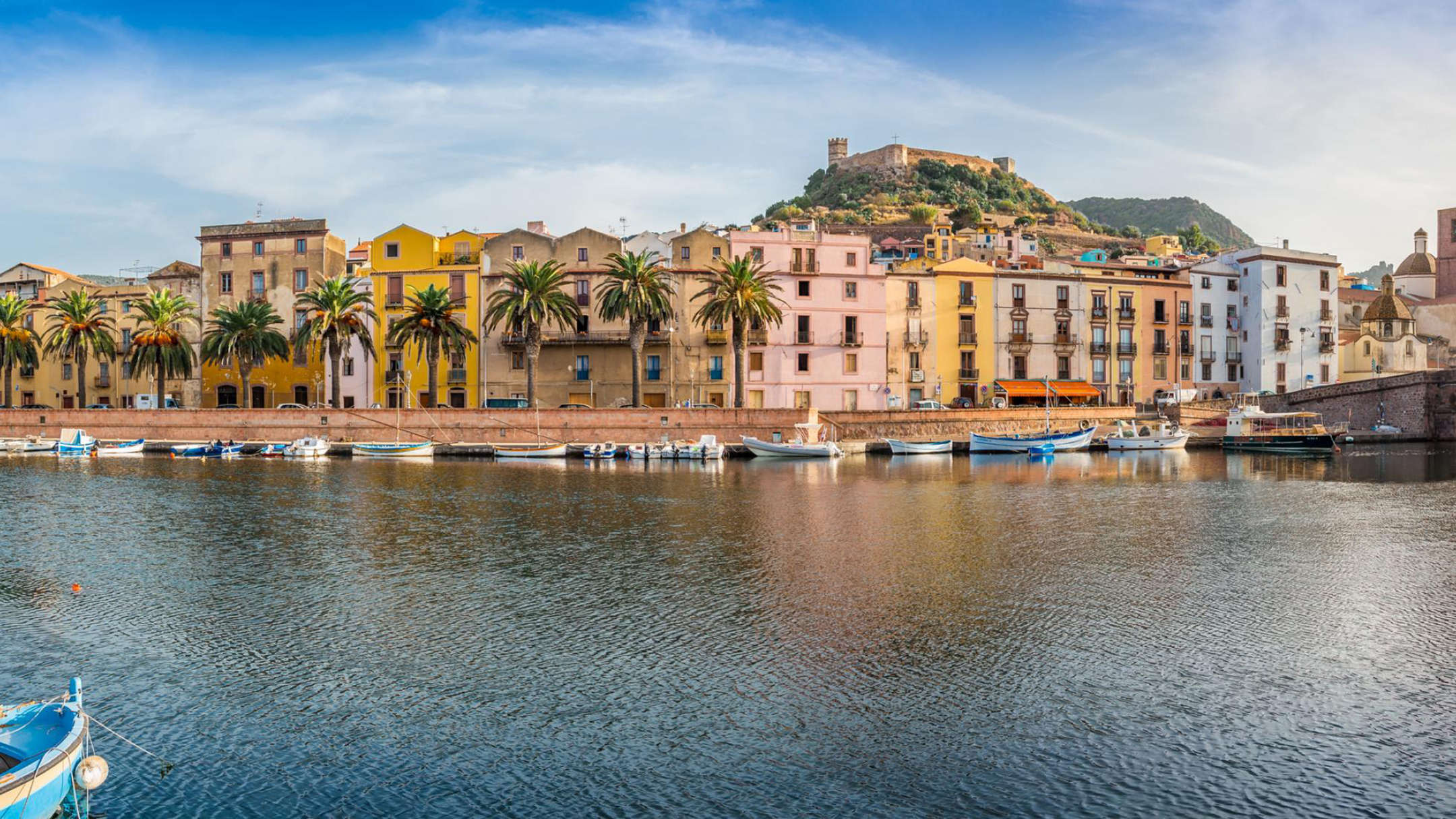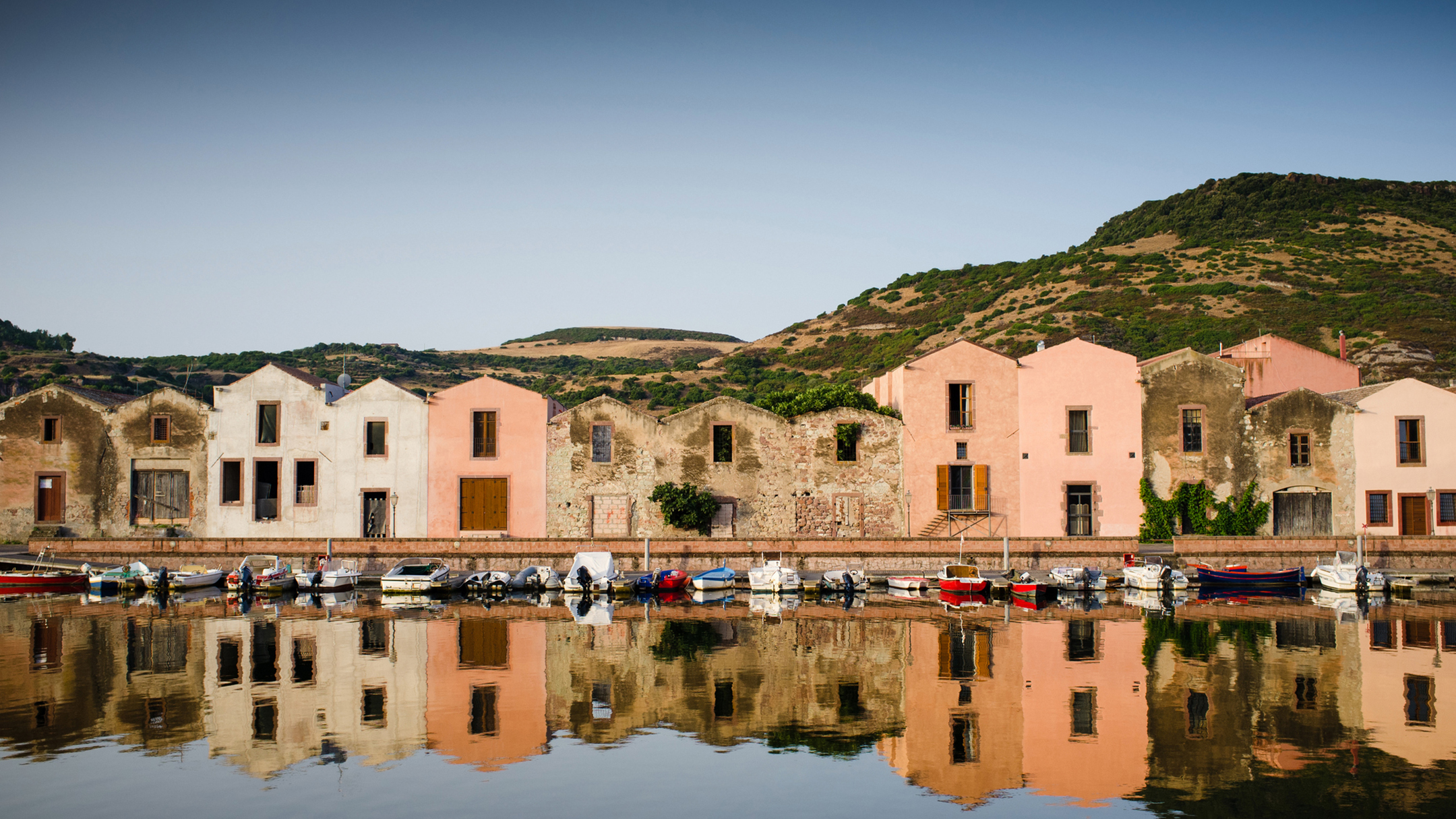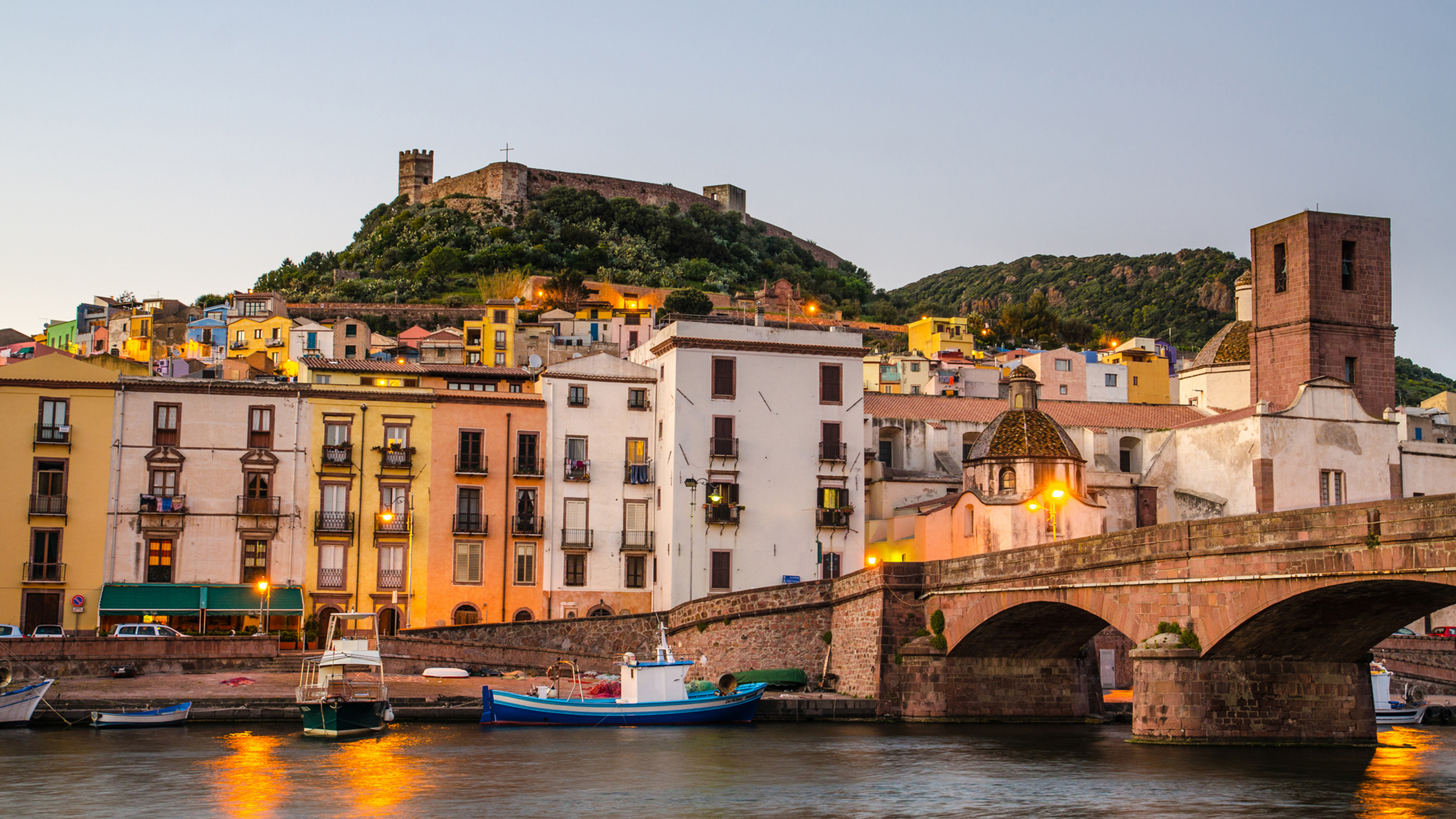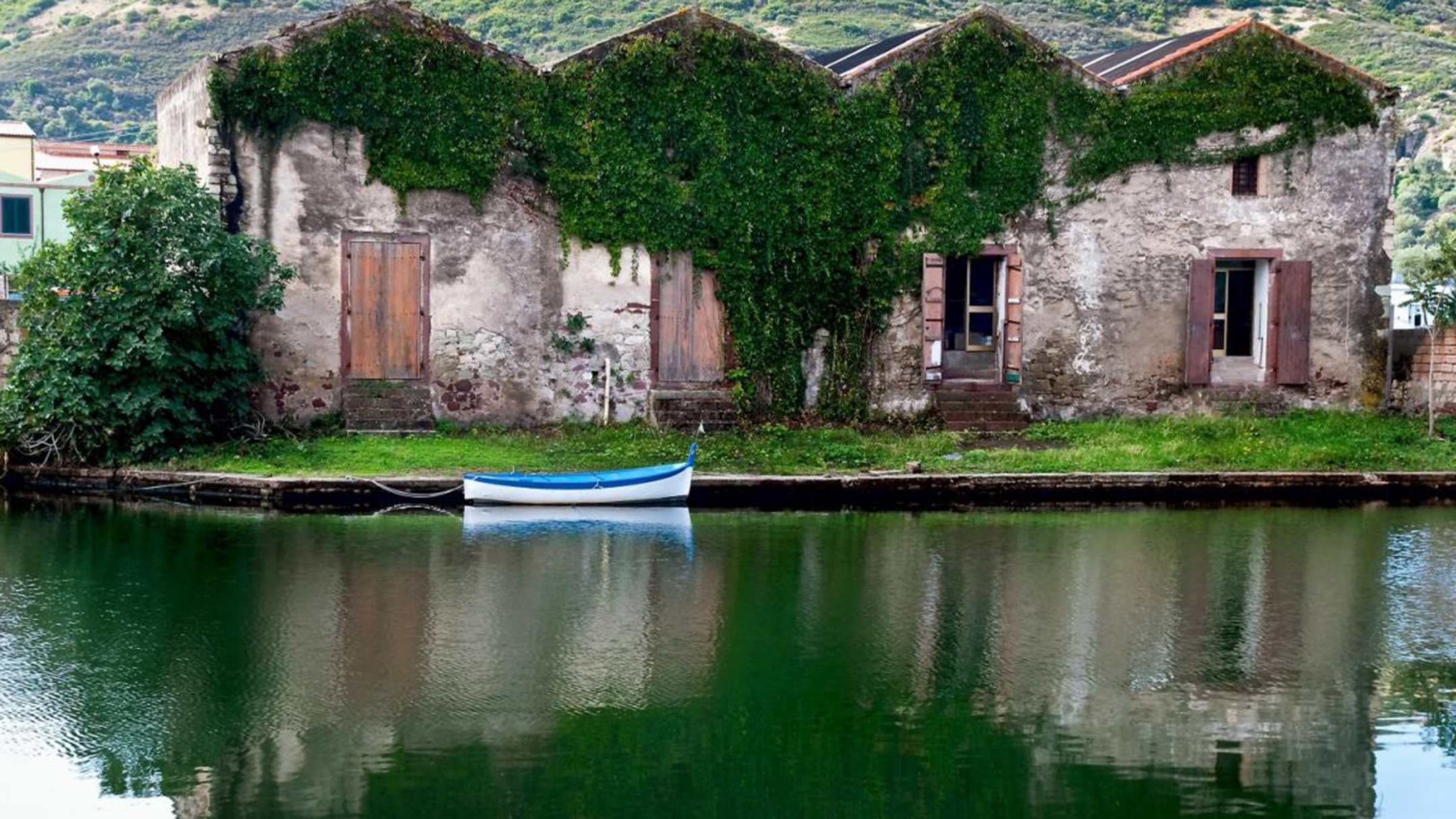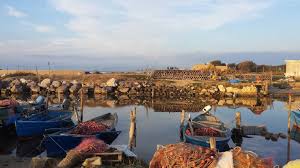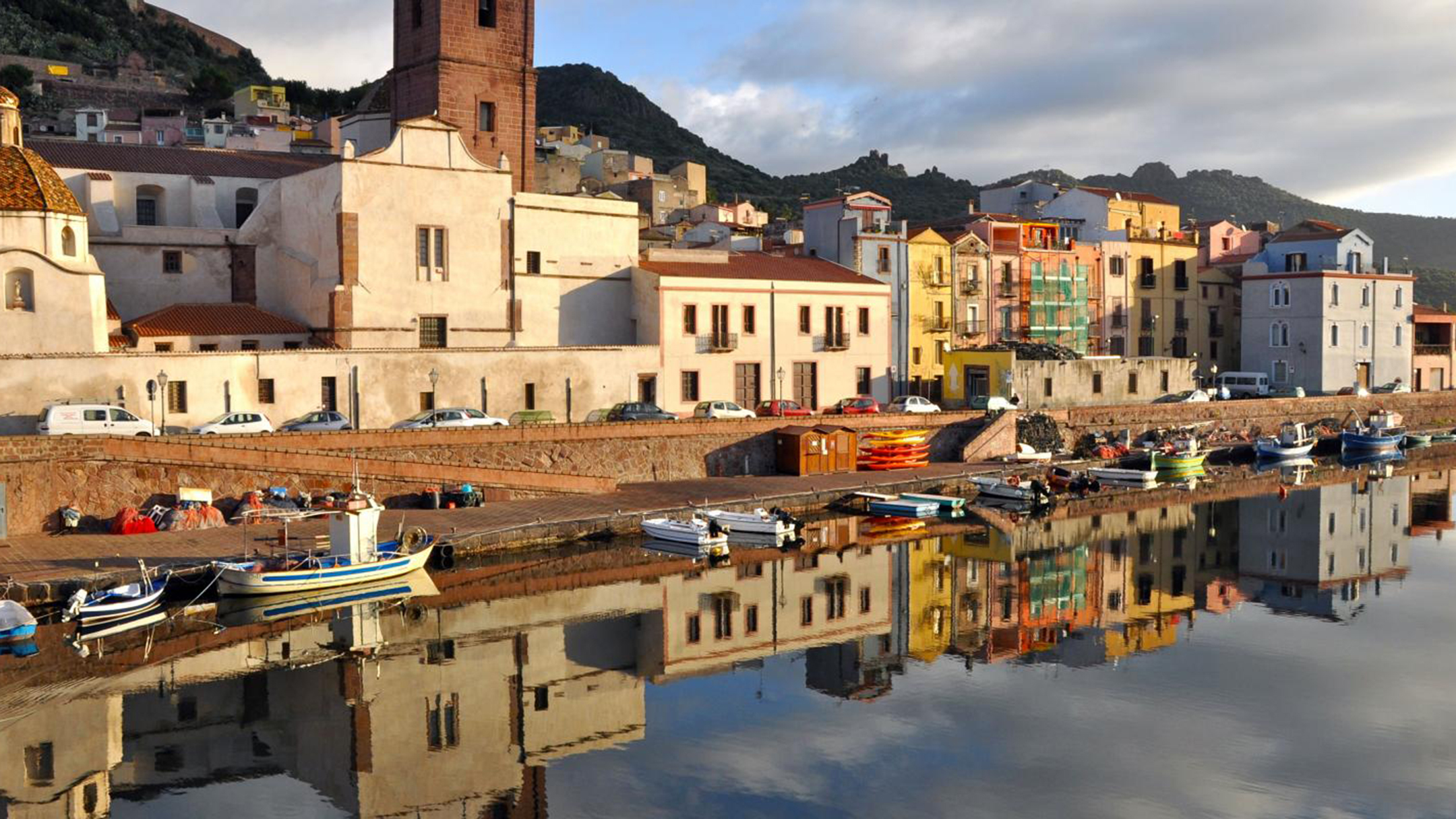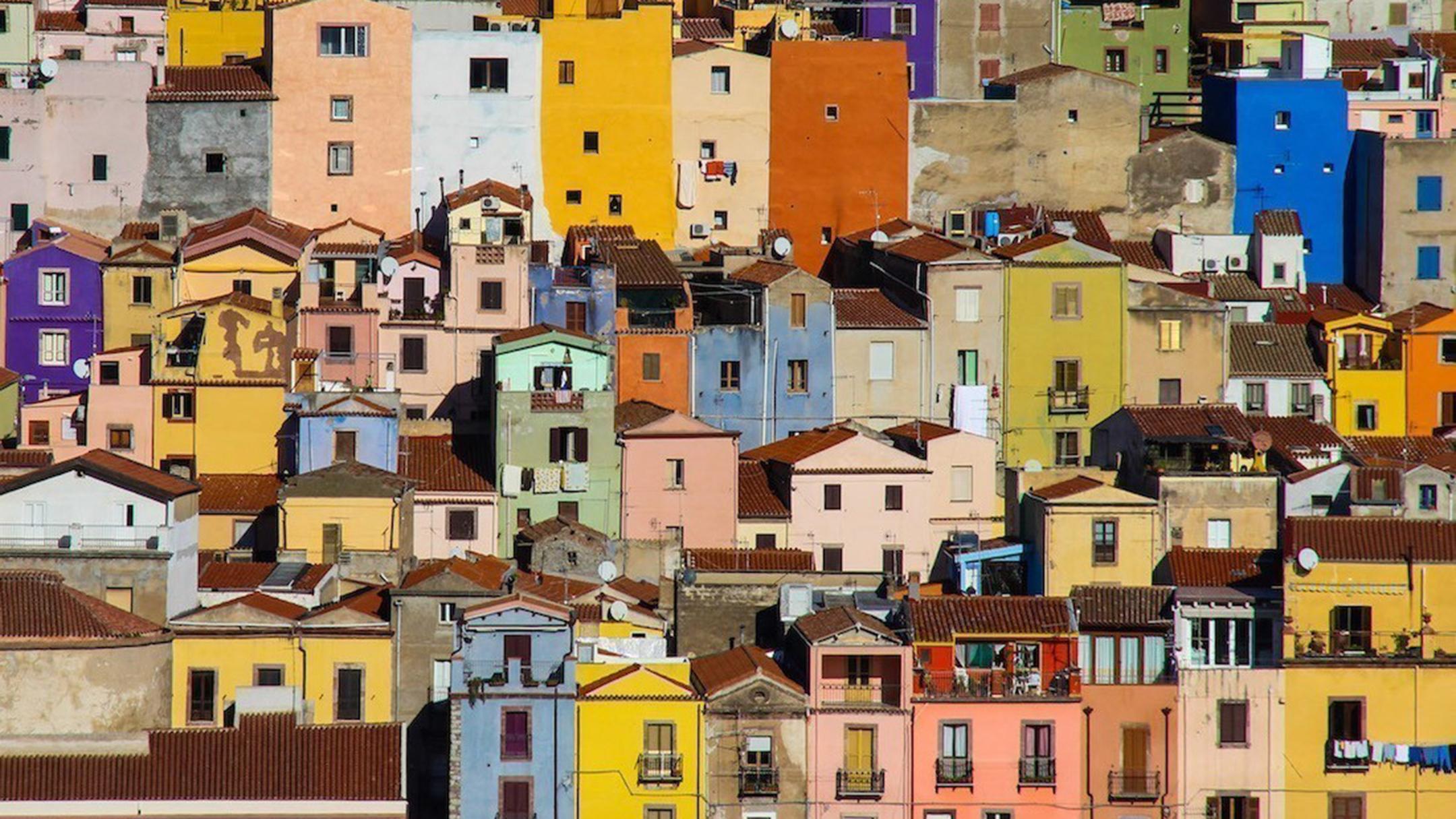Bosa
Although it is not in Gallura we like to talk about Bosa, perhaps the only river village in Sardinia.
Bosa is a fabulous village where history and modernity come together generating curiosity and fascination.
The Old Village, also known as Sa Costa, lies around the Serravalle Castle, built by the Malaspinas between the twelfth and thirteenth centuries. Easily accessible on foot, it will reward you by showing you the charm of the town from a scenic location that will remain forever in your memory.
Bosa Marina is instead the beach resort most loved by tourists according to Blue Guide 2015, which gives it a record 5 sails including it among the places with the most beautiful sea. The poetic Lungotemo promenade with the Ponte Vecchio and the beaches of S’Abba Druche, Portu Managu, Turas and Cumpoltitu make it one of the most renowned places for natural beauty.
Bosa is also a place of great culinary and craftsmanship tradition that welcomes you with a fine glass of Malvasia. The excellences of the village include jewelry from coral fished in the sea, baskets of Asphodel, fabrics and the filet of ancient feminine knowledge.
You will find many churches and monuments in the Village. Spend a little time at the Church of the Immaculate Conception, the town’s Cathedral, featuring beautiful frescoes. Within the walls of Serravalle castle stands the church of Our Lady de Sos Regnos Altos, embellished with a set of frescoes dating back to 1370. The Romanesque church of San Pietro Extramuros stands a short distance from the village, in the rural locality of Calmedia. Make sure to take a stroll in the medieval district of Sa Costa and take pictures of Sa funtana manna, a nineteenth century monument made of red trachyte.
If you enjoy hiking or birdwatching, you will love the natural wealth offered by Capo Marrargiu Bio-marine Park and the Nature Reserve of Badde Aggiosu, Marrargiu and Monte Mannu.
Bosa is also famous for its Carnival, known as Karrasegare. The “S’Attitidu" procession features a group of black masks lamenting theatrically while holding a doll in their arms, symbolizing the newly born holiday.
Sample Text

